Home>Articles>How To Store A Lawn Mower Outside Without A Shed
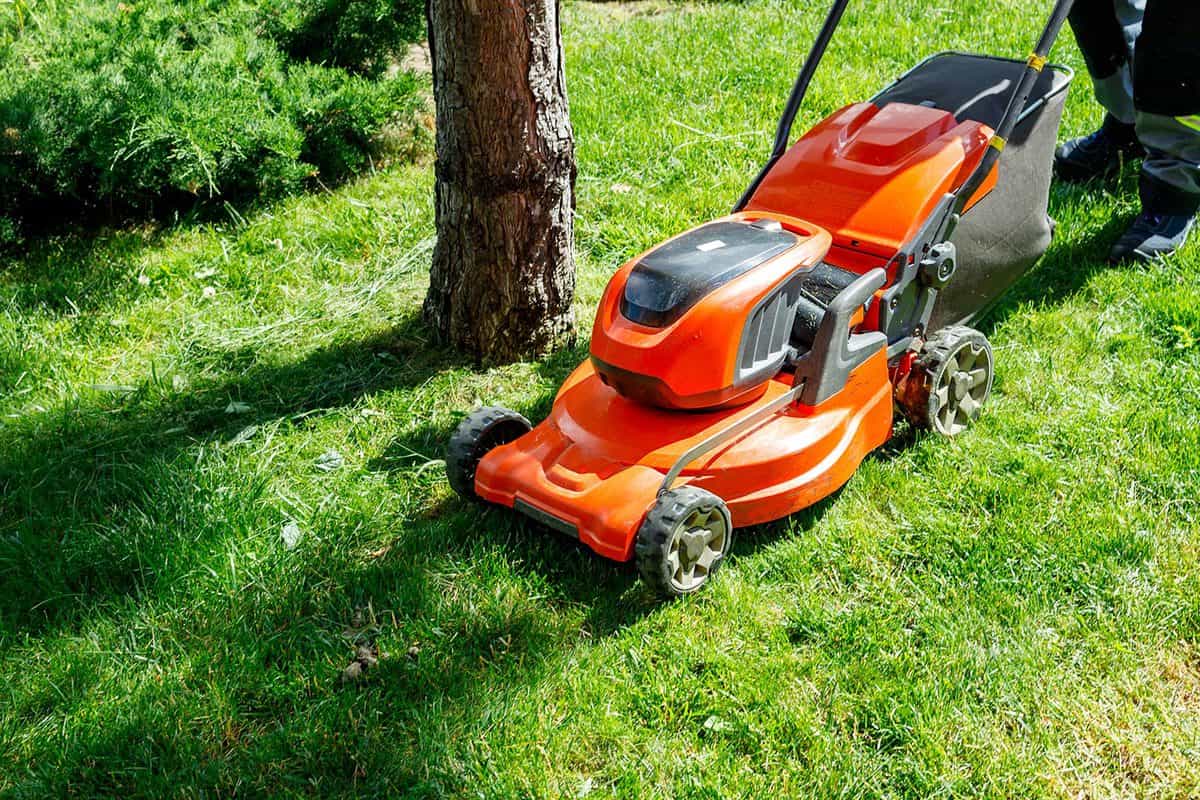

Articles
How To Store A Lawn Mower Outside Without A Shed
Modified: October 20, 2024
Learn how to store your lawn mower outside without a shed with these helpful articles. Keep your mower protected and ready for use, no matter the season.
(Many of the links in this article redirect to a specific reviewed product. Your purchase of these products through affiliate links helps to generate commission for Storables.com, at no extra cost. Learn more)
Introduction
Storing a lawn mower outside can be a challenge, especially if you don’t have a shed or garage to protect it from the elements. However, with the right precautions and maintenance, you can safely store your lawn mower outdoors without a shed.
In this article, we will provide you with a comprehensive guide on how to store a lawn mower outside without a shed. From choosing an appropriate location to protecting it from the elements, we will cover everything you need to know to keep your lawn mower in good condition.
Before we dive into the specifics, it is important to note that storing a lawn mower outside does come with some risks. Exposure to rain, sun, and other weather elements can accelerate wear and tear, leading to potential damage. Therefore, it is crucial to take necessary precautions and perform regular maintenance to ensure your lawn mower remains in optimal condition.
Let’s explore the steps you need to follow to store a lawn mower outside without a shed while keeping it safe and protected.
Key Takeaways:
- Safely store your lawn mower outside by prioritizing safety, choosing a suitable location, and preparing the mower for storage. Regular maintenance and inspection are crucial for optimal performance and longevity.
- Protect your lawn mower from the elements by covering it properly, elevating it, and applying rust-resistant spray. With the right precautions and care, you can maintain a well-functioning mower for years.
Read more: How To Store Riding Lawn Mower Outside
Safety Precautions
Before you begin storing your lawn mower outside, it is essential to prioritize safety. Here are some important safety precautions to keep in mind:
- Disconnect the spark plug: Before performing any maintenance or storing your lawn mower, always disconnect the spark plug to prevent any accidental start-up.
- Empty the fuel tank: Make sure to drain the fuel tank completely or run the mower until it is out of gas. This reduces the risk of leaks and potential fire hazards.
- Remove the battery: If your lawn mower has a battery, disconnect and remove it. Store it in a dry and safe place to prevent damage or corrosion.
- Wear protective gear: When handling the lawn mower or performing maintenance, always wear appropriate protective gear, such as safety goggles and gloves, to protect yourself from potential injury.
- Secure the lawn mower: If possible, secure the lawn mower with a lock or chain to prevent theft.
- Keep children and pets away: Ensure that children and pets are kept at a safe distance from the stored lawn mower to avoid any accidents.
By following these safety precautions, you can minimize the risks associated with storing a lawn mower outside without a shed.
Selecting an Appropriate Location
Choosing the right location to store your lawn mower is crucial for its protection and longevity. Here are some factors to consider when selecting an appropriate outdoor storage location:
- Sheltered area: Look for a sheltered area, such as under a sturdy tree or against a wall, that provides some protection from direct sunlight, rain, and other weather elements.
- Flat and level ground: Ensure that the storage area is on a flat and level surface to prevent the mower from tipping over or becoming unstable.
- Avoid areas prone to moisture: Avoid storing the lawn mower in areas that are prone to moisture accumulation, such as low-lying spots or areas with poor drainage. This helps to prevent rust and damage to the mower’s components.
- Adequate ventilation: Choose a location with sufficient airflow to prevent the build-up of moisture and reduce the chances of mildew or other fungal growth.
- Accessibility: Select a location that is easily accessible so you can retrieve the lawn mower when needed without any obstacles.
If possible, invest in a lawn mower cover or tarp to provide an additional layer of protection against the elements. Make sure the cover is made from durable and waterproof material to effectively shield the mower from rain, dust, and UV rays.
Remember, even with a suitable location, it’s important to regularly inspect the mower for any signs of damage or wear and perform maintenance as necessary. This will help ensure your lawn mower stays in top shape, ready for use when you need it.
Preparing the Lawn Mower for Outdoor Storage
Properly preparing your lawn mower for outdoor storage is essential to ensure its longevity and prevent any damage. Here are the steps to follow:
- Clean the mower: Before storing, thoroughly clean the mower to remove any dirt, grass clippings, or debris. Use a brush or compressed air to clean hard-to-reach areas.
- Inspect for damage: Carefully inspect the mower for any signs of damage or leaks. Check the blades, wheels, handles, and engine for any issues that need to be addressed before storage.
- Change the oil: If it’s nearing the time for an oil change, it’s best to do it before storing the mower. Fresh oil will help protect the engine during the storage period.
- Remove the spark plug: Remove the spark plug and pour a small amount of oil into the spark plug hole. Slowly pull the starter cord a couple of times to distribute the oil and keep the engine lubricated.
- Disconnect the battery (if applicable): If your lawn mower has a battery, disconnect and remove it for separate storage as mentioned earlier.
- Stabilize the fuel (if applicable): If you are unable to drain the fuel tank completely, add a fuel stabilizer to prevent the fuel from deteriorating and clogging the engine. Follow the manufacturer’s instructions for the correct amount.
By following these steps, you will ensure that your lawn mower is in optimal condition before storing it outside. This preparation will help protect the mower and make it easier to start up when you’re ready to use it again.
Consider using a waterproof cover to protect the lawn mower from the elements. Make sure to clean and dry the mower before covering it to prevent rust and damage. Additionally, store it on a flat surface to prevent moisture buildup.
Covering the Lawn Mower
When storing your lawn mower outdoors without a shed, it is important to cover it properly to provide an additional layer of protection. Here’s how to cover your lawn mower:
- Choose a fitted cover: Invest in a fitted cover specifically designed for lawn mowers. The cover should be made from a durable and waterproof material to effectively shield the mower from rain, dust, and UV rays.
- Clean and dry the mower: Ensure that the mower is clean and completely dry before covering it. Any moisture on the mower can cause rust and damage over time.
- Secure the cover: Make sure the cover is tightly secured over the entire mower to prevent it from blowing off in heavy wind. Use any straps or fasteners provided with the cover or use bungee cords to secure it in place.
- Check periodically: Regularly check the cover for any signs of wear or damage. If there are any tears or holes, repair or replace the cover to continue providing effective protection.
By properly covering your lawn mower, you can prevent moisture, debris, and UV rays from damaging the mower’s exterior and components, extending its lifespan and ensuring it’s ready for use when needed.
It is worth noting that covering the lawn mower alone might not provide complete protection. It’s always best to store the mower in a sheltered area, if possible, to minimize exposure to the elements and further protect it.
Read more: How To Store Bikes Outside Without A Shed
Protecting the Lawn Mower from Elements
When storing a lawn mower outside without a shed, it’s important to take additional measures to protect it from the elements. Here are some tips to safeguard your mower:
- Elevate the mower: Place the lawn mower on a raised platform, such as wooden blocks or pallets, to keep it off the ground. This helps prevent moisture from seeping into the bottom of the mower.
- Use a tarp or canopy: If the area where you’re storing the mower is particularly exposed to rain or direct sunlight, consider using a tarp or canopy to create a temporary shelter. This provides an extra layer of protection.
- Apply rust-resistant spray: Use a rust-resistant spray on the mower’s metal components, such as the blades and external surfaces, to help prevent rust formation. Follow the manufacturer’s instructions for application.
- Regularly remove debris: Clear away any leaves, grass clippings, or other debris that collect on or around the mower. This prevents moisture from accumulating and reduces the risk of damage.
- Monitor humidity levels: High humidity can promote rust or mold growth. Use a hygrometer to monitor the humidity levels in the storage area. If necessary, introduce a dehumidifier to maintain optimal humidity for the mower.
These measures will help protect your lawn mower from the elements and minimize potential damage. Regularly inspect the mower and take prompt action if you notice any signs of rust, mold, or other issues.
Remember, while these precautions are effective, they may not offer the same level of protection as storing the lawn mower in a shed or garage. If possible, consider alternative storage options during extreme weather conditions or for extended periods of non-use.
Regular Maintenance and Inspection
Even when storing your lawn mower outside without a shed, regular maintenance and inspection are key to ensuring its longevity and optimal performance. Here are some important maintenance tasks to keep in mind:
- Sharpen and balance the blades: Dull or unbalanced blades can affect the quality of your lawn’s cut. Regularly sharpen and balance the mower blades to maintain an even and clean cut.
- Change the air filter: A dirty or clogged air filter can reduce the engine’s efficiency. Check the air filter regularly and replace it when necessary to ensure proper airflow.
- Check the oil: Monitor the oil level and change it according to the manufacturer’s recommendations. Fresh oil helps lubricate the engine and prevent damage.
- Inspect the spark plug: Check the spark plug for signs of wear or damage. If needed, clean or replace it to ensure smooth engine starting and operation.
- Inspect the fuel system: Regularly inspect the fuel lines, filter, and carburetor for any damage or blockages. Clean or replace any components as needed to maintain proper fuel flow.
- Keep the battery charged (if applicable): If your lawn mower has a battery, make sure to keep it charged regularly. Follow the manufacturer’s instructions on proper battery maintenance.
- Test the starter and safety features: Periodically test the starter and all safety features, such as the kill switch and safety handles, to ensure they are functioning properly.
- Clean the mower before use: Before using the lawn mower after storage, clean off any dust or debris that may have accumulated. This helps prevent clogging and ensures smooth operation.
Performing these maintenance tasks on a regular basis will keep your lawn mower in excellent condition and extend its lifespan. Regular inspections and maintenance also allow you to identify and address any issues or potential problems before they escalate.
Additionally, refer to your lawn mower’s user manual for specific maintenance guidelines and intervals recommended by the manufacturer.
By following these maintenance practices, you’ll be able to enjoy a well-maintained and reliable lawn mower season after season.
Conclusion
Storing a lawn mower outside without a shed may require some extra effort, but with the right precautions and maintenance, you can keep your mower safe and protected. By following the guidelines we’ve discussed in this article, you can ensure that your lawn mower remains in good condition and ready for use:
Start by prioritizing safety, disconnecting the spark plug, and taking appropriate measures to prevent accidents. Then, select an appropriate storage location that offers some shelter from the elements, such as under a tree or against a wall. Prepare the mower for storage by cleaning it thoroughly, inspecting for damage, and performing necessary maintenance tasks like changing the oil and spark plug.
Properly covering the lawn mower with a fitted, waterproof cover and protecting it from the elements by elevating it, using a tarp or canopy, and applying rust-resistant spray can go a long way in preserving its longevity. Additionally, regular maintenance and inspection, including sharpening and balancing the blades, checking the air filter and oil, and monitoring the fuel system, are crucial for optimal performance.
Remember to always follow the manufacturer’s recommendations and consult the user manual for specific guidelines on maintenance and storage. Keep an eye on the mower, inspect it periodically, and address any issues promptly to prevent further damage.
While storing a lawn mower outside without a shed may not provide the same level of protection as a sheltered storage space, with proper precautions and regular care, you can ensure that your mower stays in good shape season after season.
By following these tips and guidelines, you can store your lawn mower outside without a shed and enjoy a well-maintained, reliable machine for years to come.
Frequently Asked Questions about How To Store A Lawn Mower Outside Without A Shed
Was this page helpful?
At Storables.com, we guarantee accurate and reliable information. Our content, validated by Expert Board Contributors, is crafted following stringent Editorial Policies. We're committed to providing you with well-researched, expert-backed insights for all your informational needs.
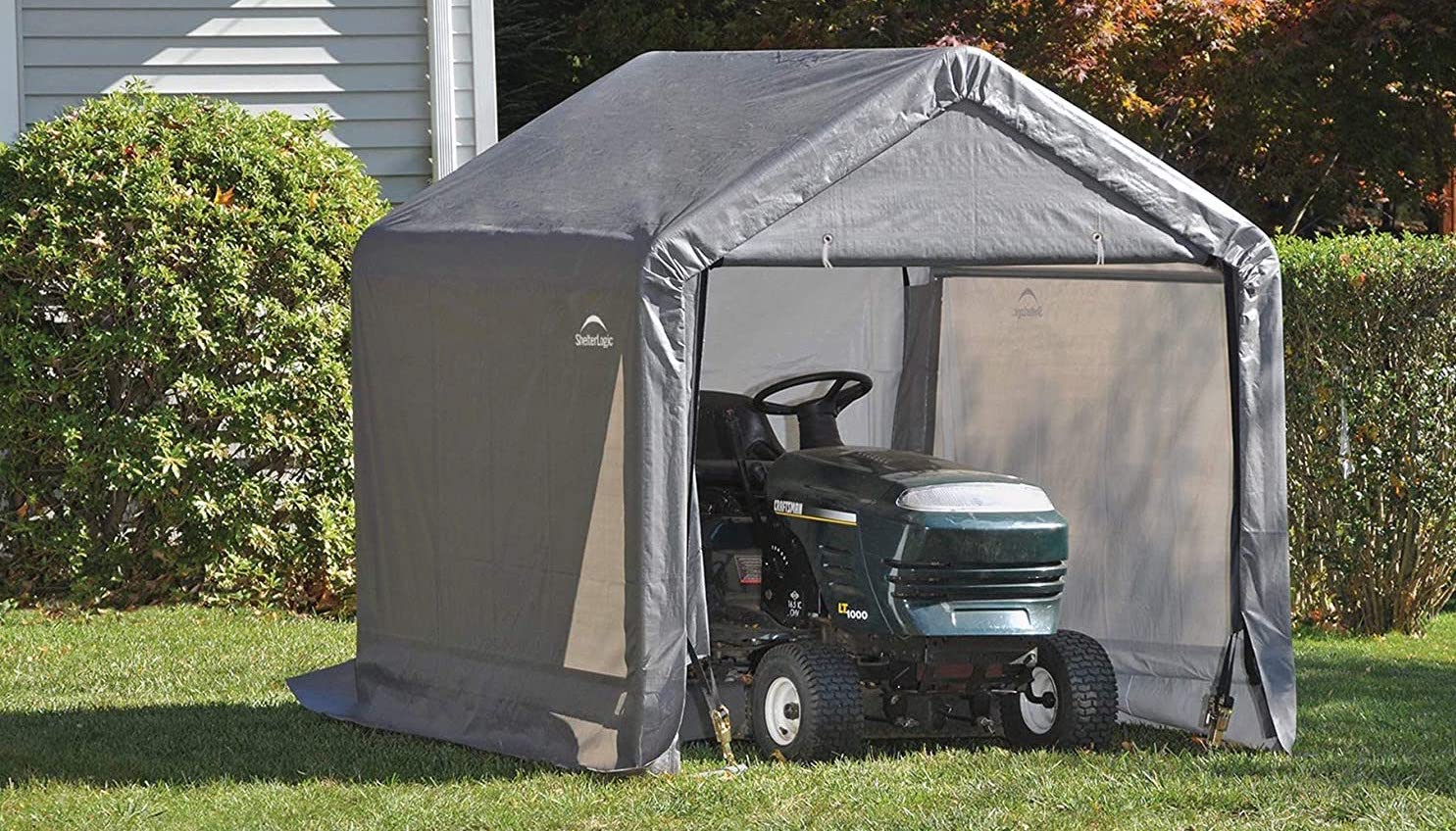
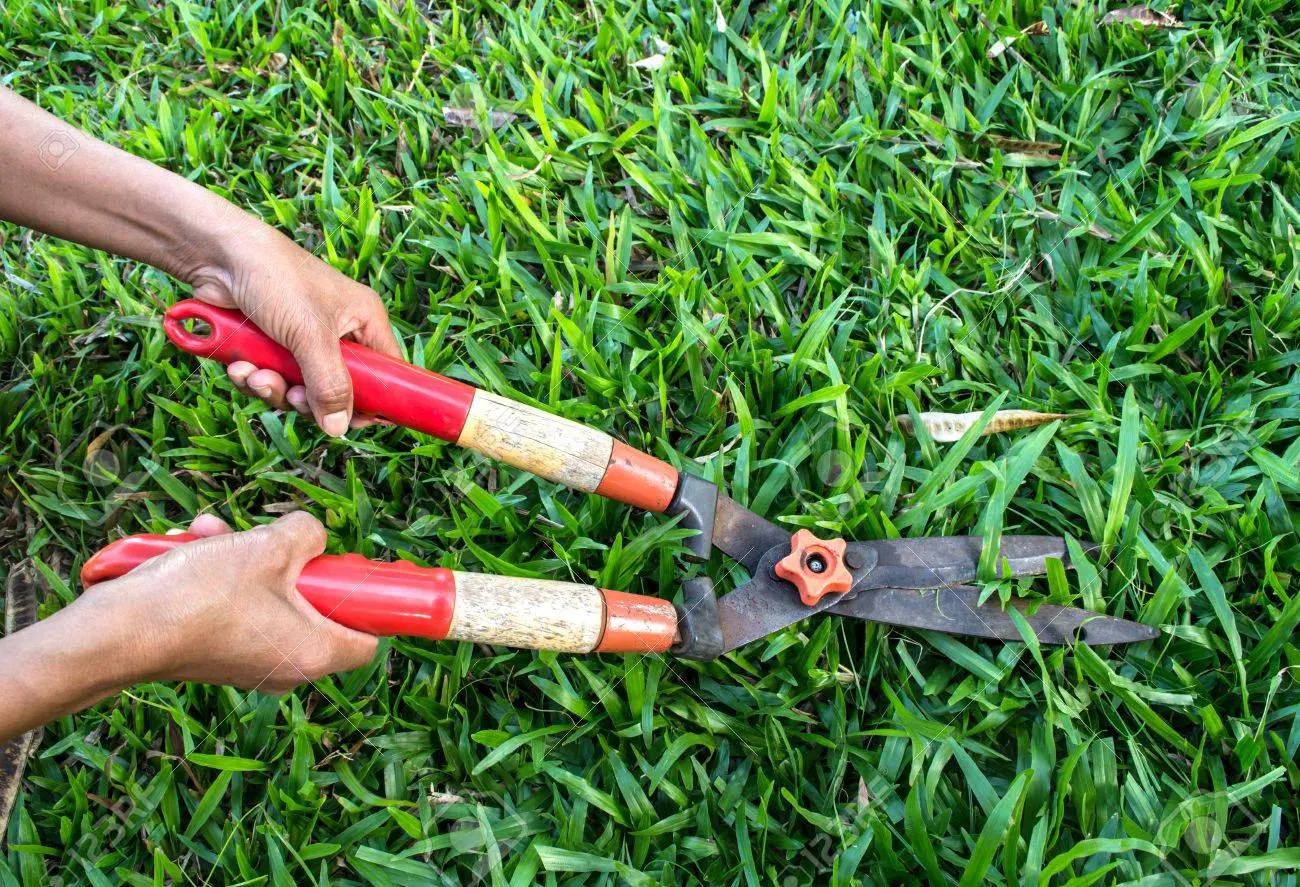
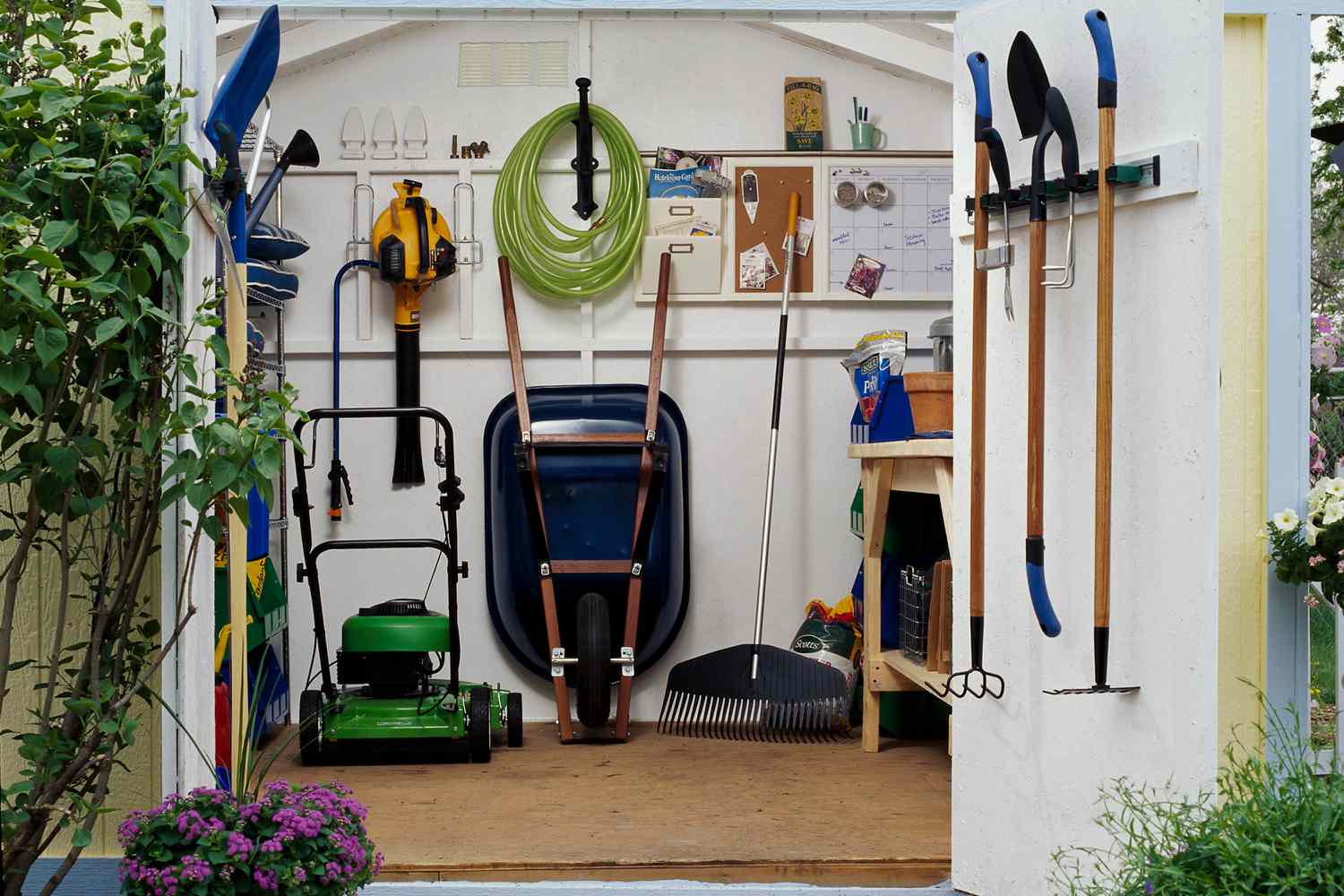

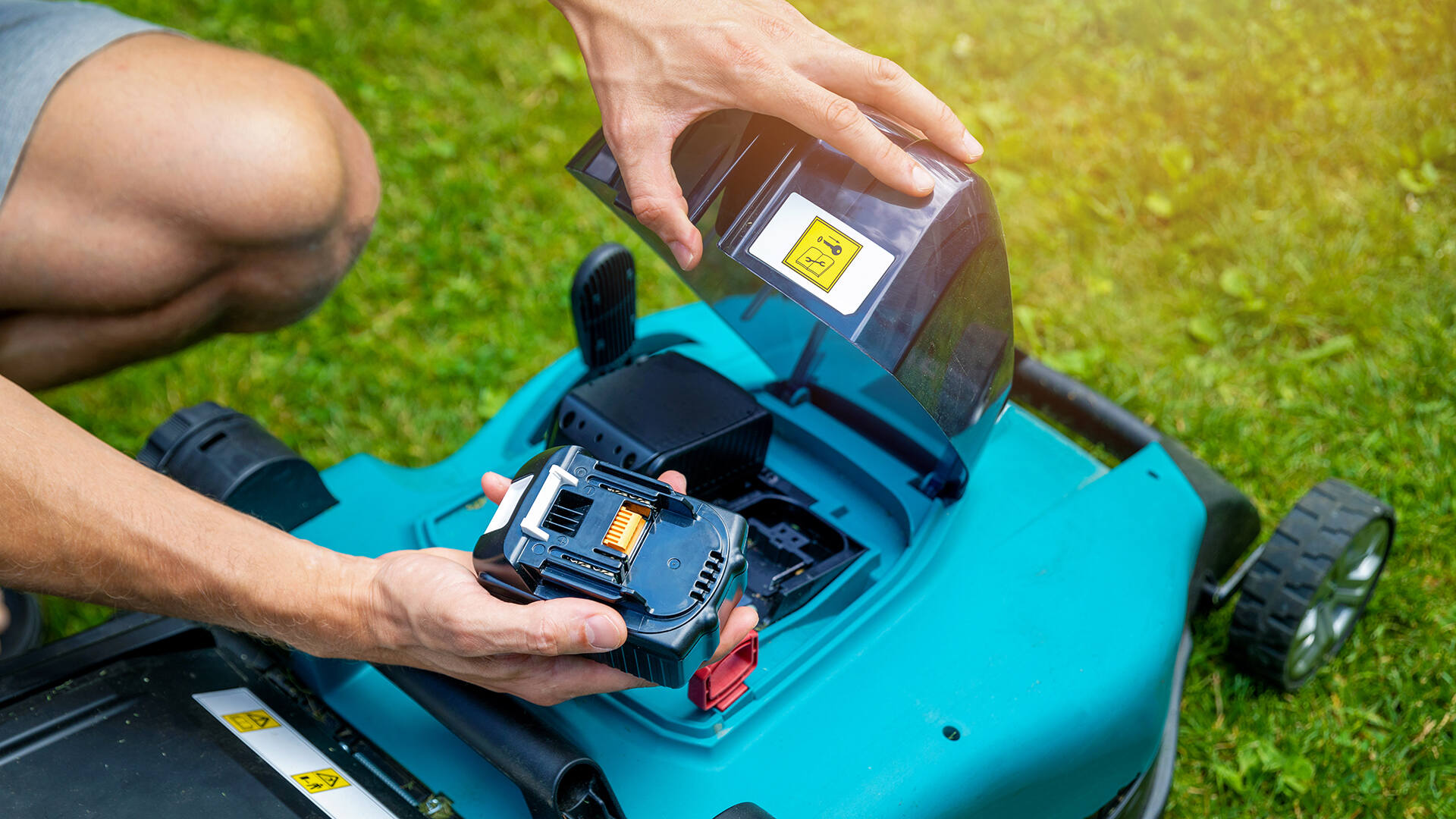
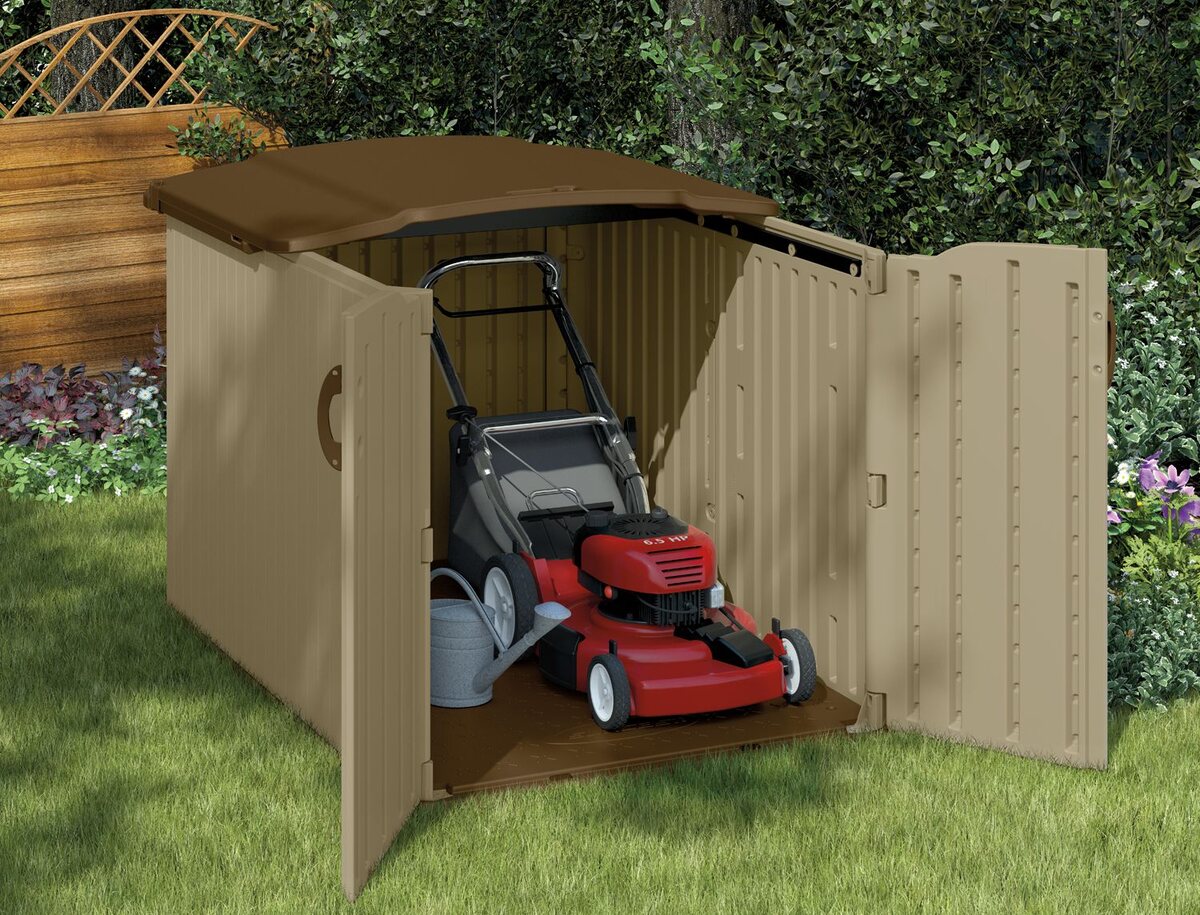
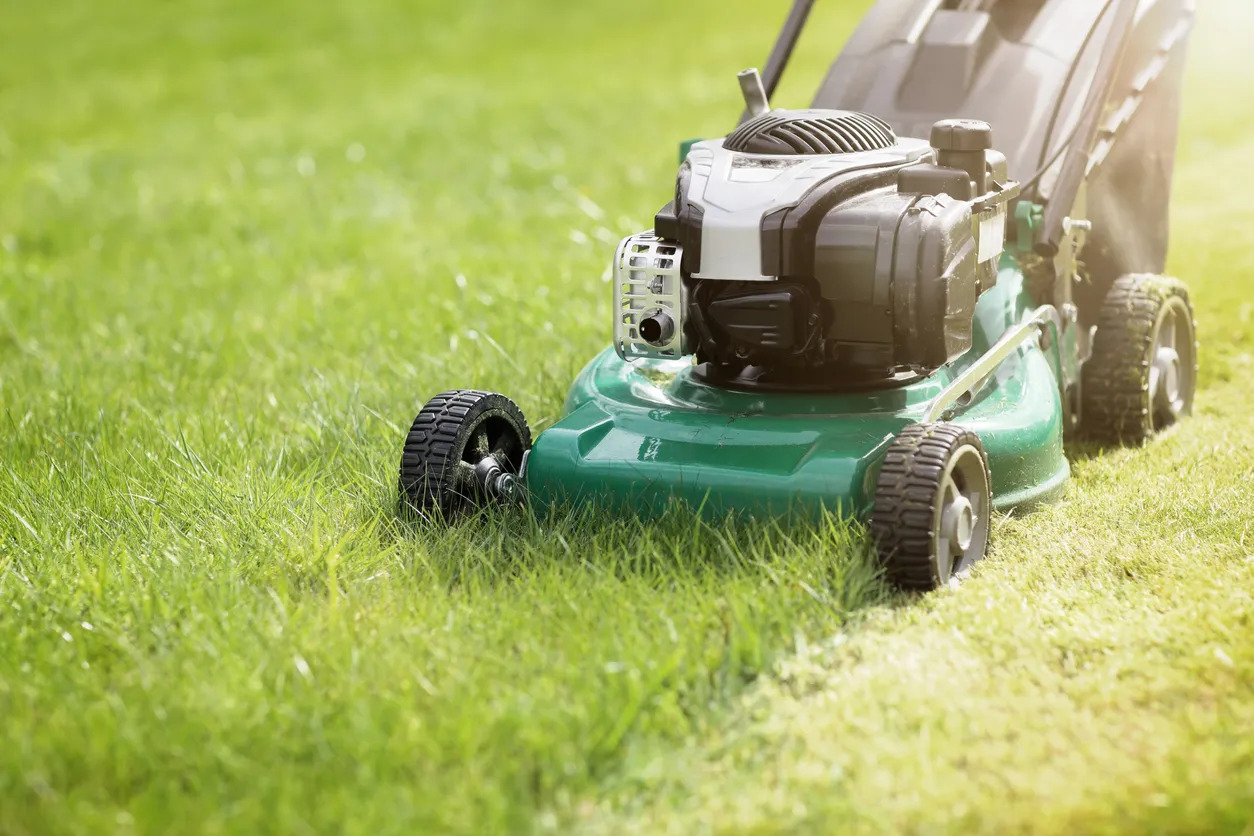
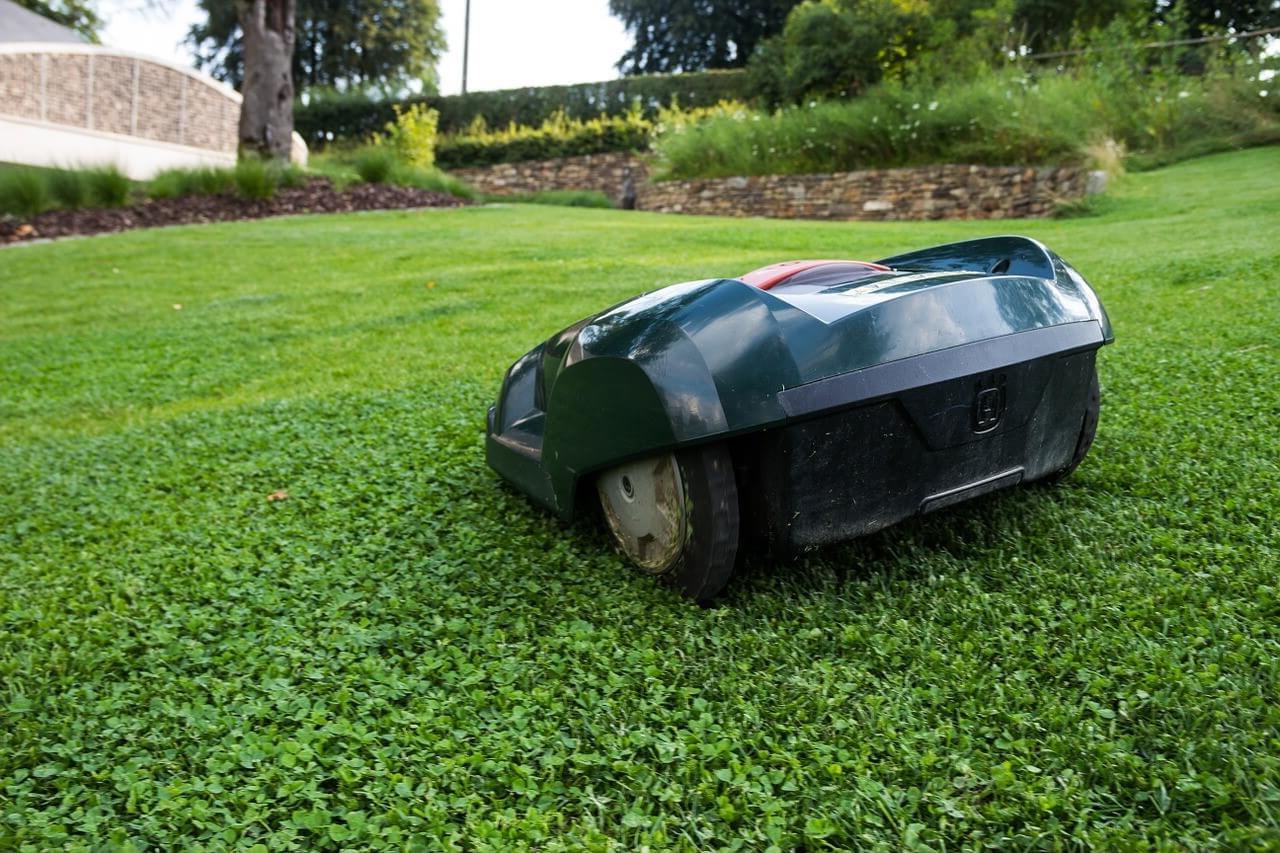

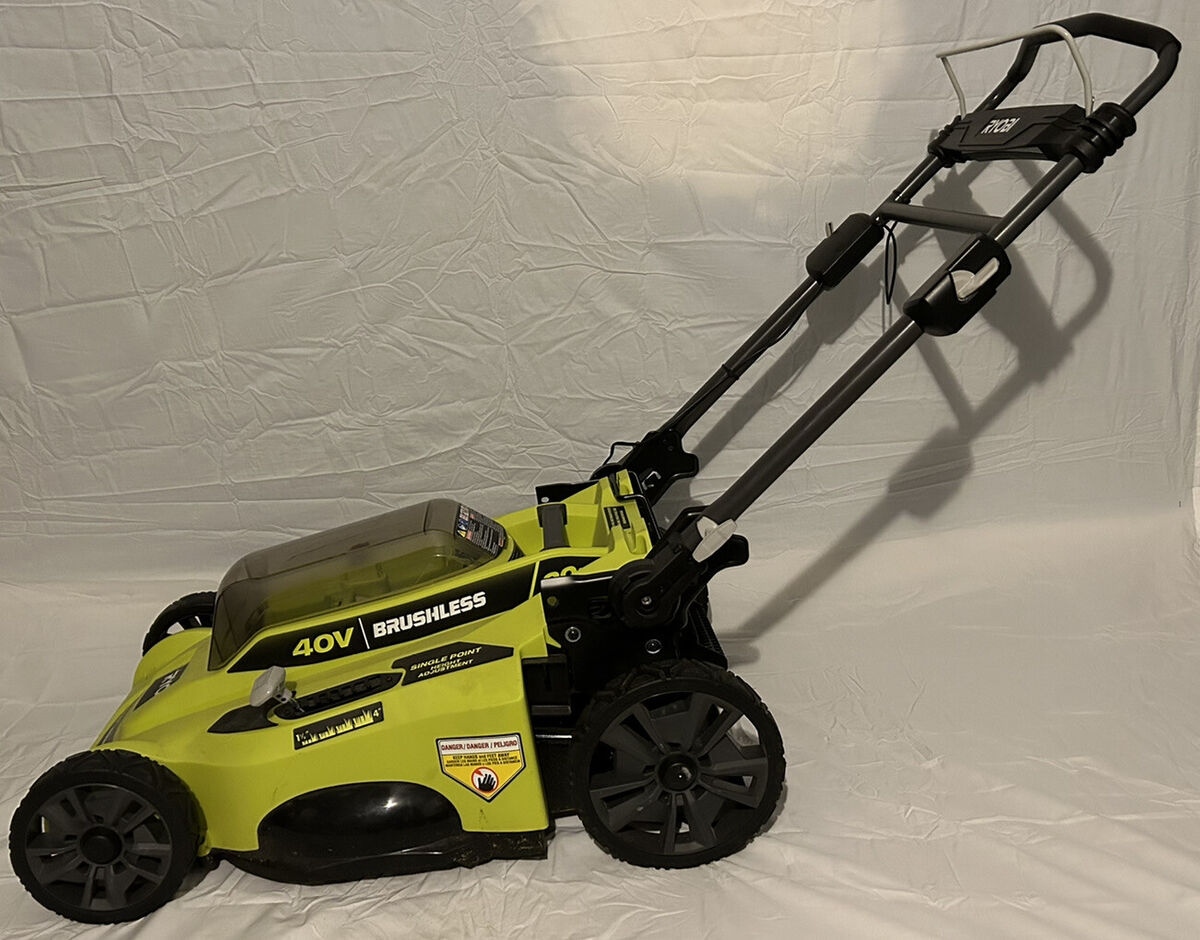

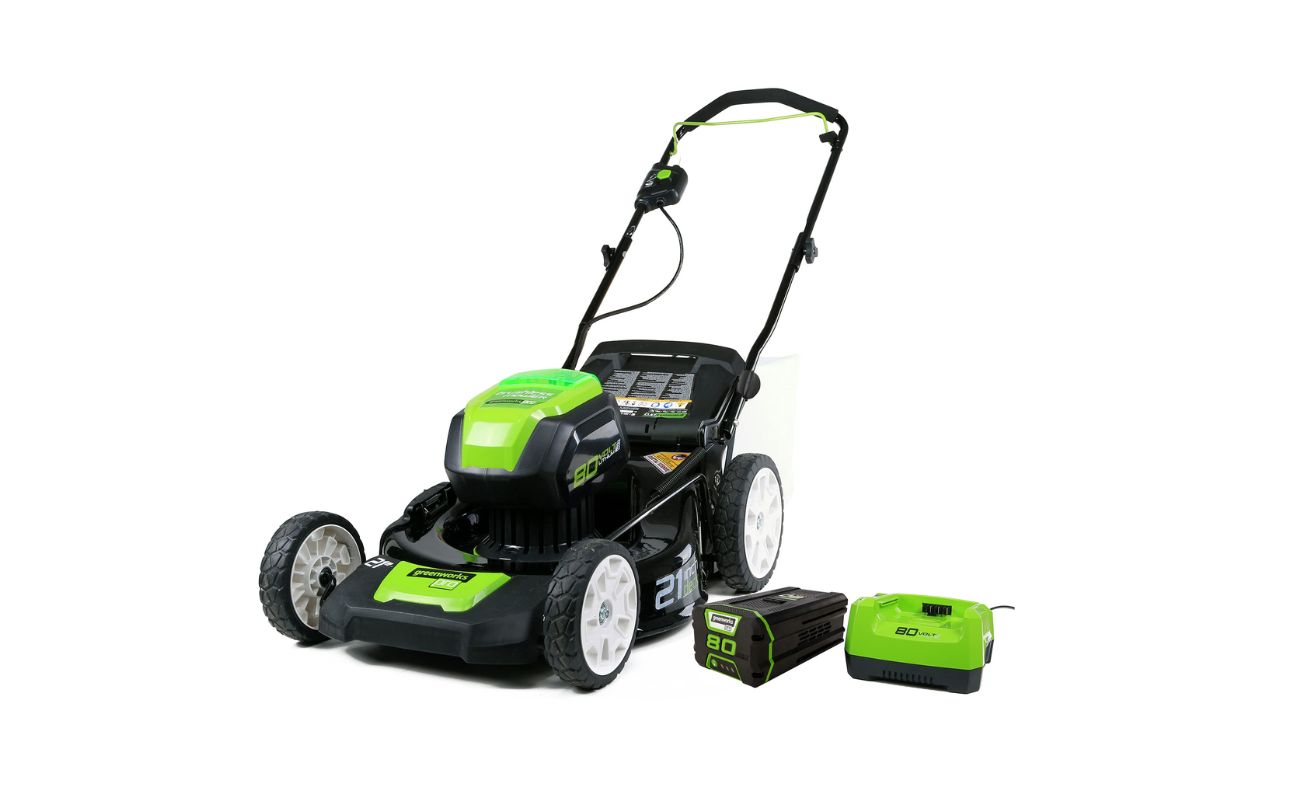
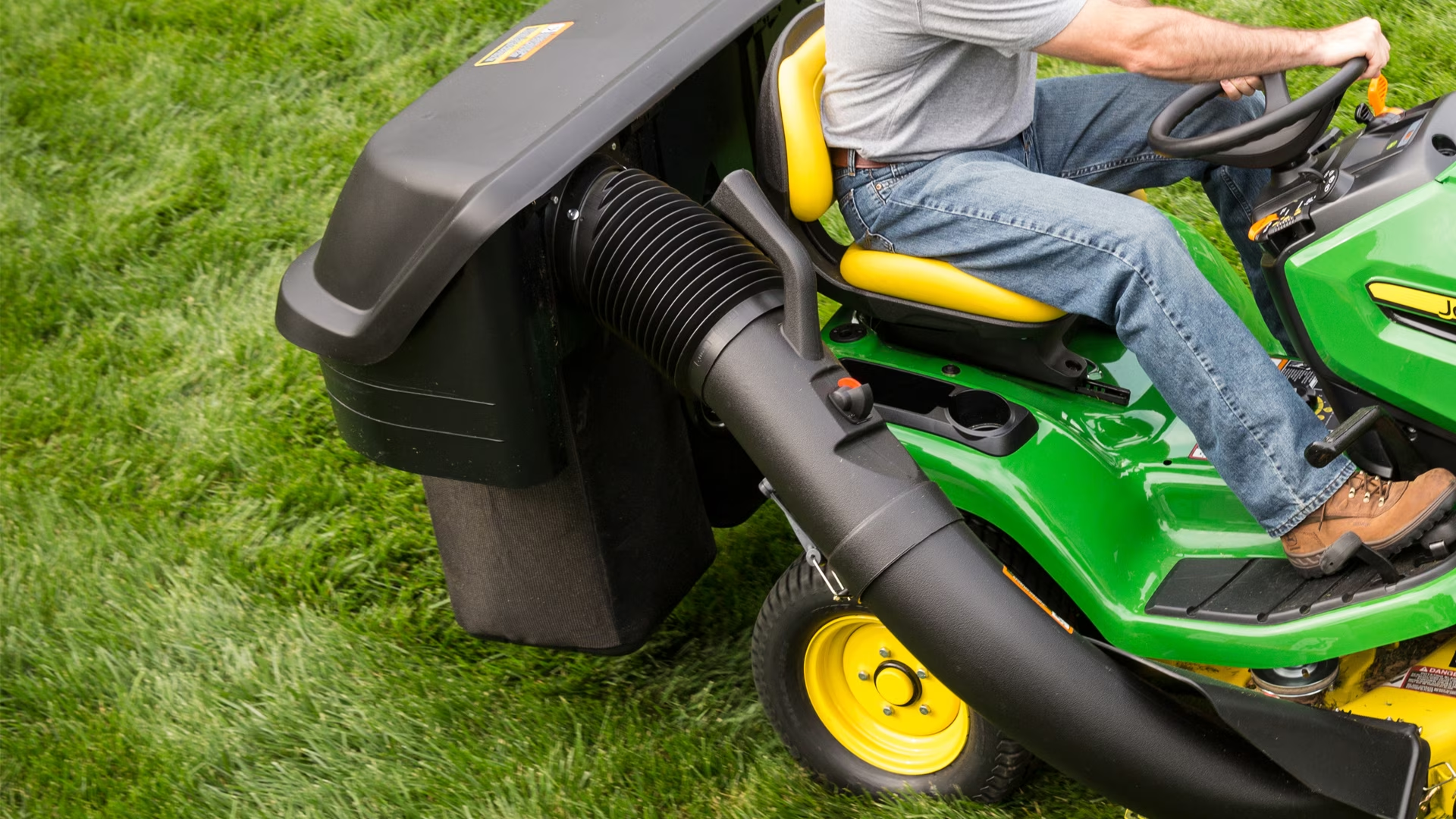


0 thoughts on “How To Store A Lawn Mower Outside Without A Shed”